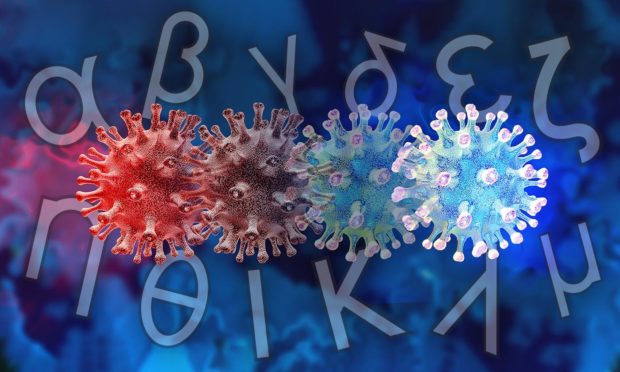Variants of Covid-19 keep cropping up and making their way around the world – but what are they and what makes them different?
Viruses, including SARS-CoV-2 (known as Covid-19), can alter over time and most changes have little to no impact.
However, sometimes these changes can affect the virus and how it works, such as how easily it spreads, the disease severity or the effectiveness of vaccines.
To help understand Covid-19 variants and their effects further, we have broken down the current main ones the UK Government is tracking.
Covid-19 variants explained
Variants – why do they happen?
The more the virus spreads – the more chances it has to mutate which lead to variants.
A virus is like a tree branching out and every branch is slightly different from the others.
Scientists are able to compare the branches and differentiate them with labels.
The minor differences, or variants, have been studied and identified since the beginning of the pandemic.
Some variants allow the virus to spread more easily or make it resistant to treatments or vaccines. Those variants must be monitored more carefully.
The total number of Delta variants in the UK has now surpassed 250,000, which is only 20,000 cases fewer than the Alpha variant. The variant first detected in the UK and was first sequenced in the UK in September 2020.
More Covid-19 news…
- What’s in my Covid jab: Everything you need to know about the vaccine ingredients
- POLL: As Scotland moves into Level 0, what do you think of the new restrictions?
- Face masks: As Sturgeon says they are here to stay, an NHS boss explains why you should keep wearing one
- Covid restriction easing in Scotland: All of the changes you need to know about in Level 0
- ‘Are Covid tests reliable?’: Your PCR, lateral flow and self-testing questions answered
